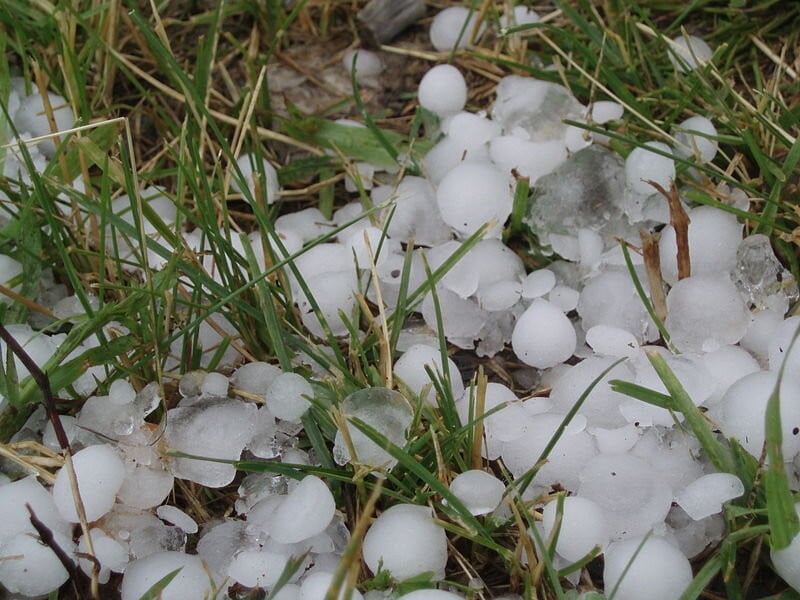A powerful hailstorm recently swept through several areas of Islamabad, accompanied by strong winds and heavy rain, damaging property and uprooting trees. In many neighbourhoods, residents reported unusually large hailstones crashing down with force.
The intense hailstorm shattered car windows and glass panes, while wind gusts toppled trees, leading to significant financial losses for many residents.
But how exactly does hail form, and what causes small pellets to grow into damaging, golf ball-sized ice chunks?
According to meteorologists, hail forms during thunderstorms when warm, moist air near the ground rises and collides with colder air in the upper atmosphere. This rising air current, known as an “updraft,” lifts water droplets high into the storm system.
“In the upper parts of the thunderstorm, where temperatures drop well below freezing, these droplets turn into ice,” experts say. “As they move up and down within the storm, they collect additional layers of ice, growing larger with each cycle.”
These ice particles, or hailstones, continue to rise and fall within the cloud, supported by strong updrafts. Each time they rise, they accumulate more moisture which freezes on the surface. Eventually, when the hailstones become too heavy for the updrafts to support, they fall to the ground.
The recent storm in Islamabad demonstrated the destructive potential of such events, highlighting the importance of understanding how hail forms and the factors behind increasingly severe weather patterns.



